Nandina Domestica 2 Ltr
£12.00
Out of stock
Nandina domestica Plant Description:
Plant Type:
Nandina domestica is an evergreen to semi-evergreen shrub.
Foliage:
Leaves: Compound leaves with lance-shaped leaflets.
Color: New growth often emerges in shades of red or bronze, turning green as it matures. In colder climates, the foliage may take on reddish hues in fall and winter.
Flowers:
Blossoms: Small, inconspicuous white flowers in terminal clusters.
Inflorescence: The flowers are arranged in panicles.
Berries:
Fruit: Clusters of bright red berries, which persist through fall and into winter.
Wildlife: The berries are attractive to birds.
Size:
Nandina domestica typically grows as a compact, upright shrub.
Depending on the variety and growing conditions, it can reach heights ranging from 4 to 8 feet (1.2 to 2.4 meters).
Growth Habit:
Upright and multi-stemmed growth habit.
Hardiness:
Nandina is hardy in USDA zones 6 to 9, though some varieties may tolerate colder climates.
Sun Requirements:
Prefers full sun to partial shade. Foliage color often intensifies in full sun.
Soil Conditions:
Well-draining soil is preferable, but Nandina is adaptable to various soil types.
It can tolerate mildly acidic to mildly alkaline soil.
Seasonal Interest:
Nandina domestica provides interest throughout the year with its changing foliage colors and persistent berries.
Uses:
Commonly used as an ornamental shrub in landscaping.
Suitable for hedges, borders, or as a standalone specimen.
Nandina is often used for its foliage and berry display in winter gardens.
Cultural Significance:
Nandina domestica is also known as “Heavenly Bamboo,” though it is not a true bamboo. The name is due to its upright growth habit and somewhat bamboo-like appearance.
Low Maintenance:
Generally low-maintenance once established.
Pruning can be done to shape the shrub or remove older stems.
Caution:
While Nandina is a popular ornamental plant, it’s important to note that all parts of the plant contain compounds that can be toxic if ingested. Caution is advised, especially if planted in areas accessible to pets or small children.
Nandina domestica is valued for its year-round interest, making it a versatile choice in garden design. Its distinctive foliage, attractive berries, and relatively easy care make it a popular landscaping shrub in various climates.
| Flower Colour |
TBC |
|---|---|
| Root Type |
TBC |
| Foliage Colour |
TBC |
| Soil Type |
TBC |
Only logged in customers who have purchased this product may leave a review.


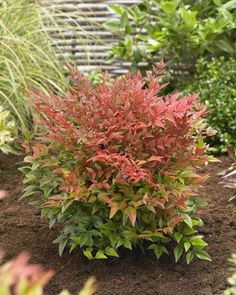

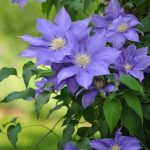

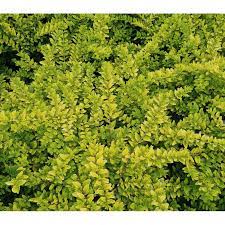
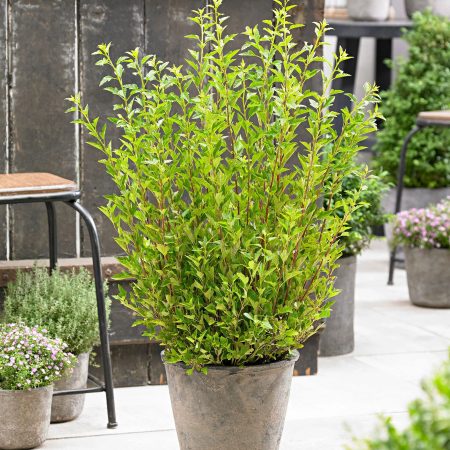
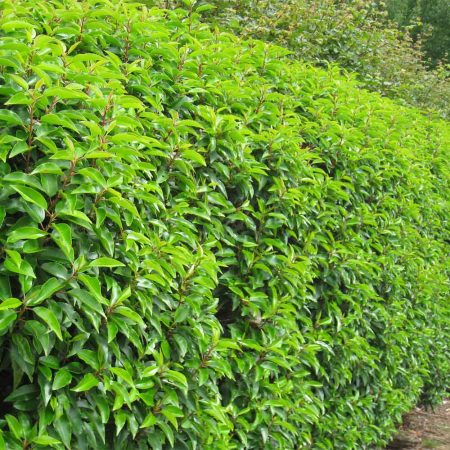

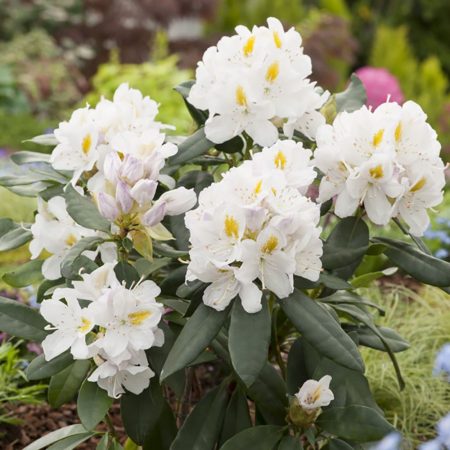
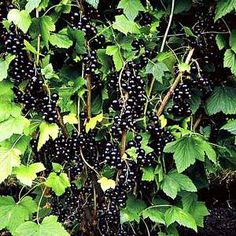
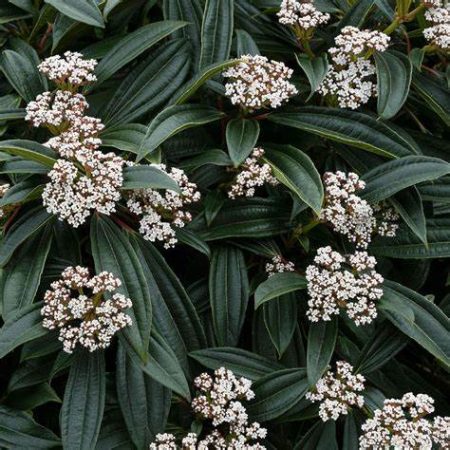
Reviews
There are no reviews yet.